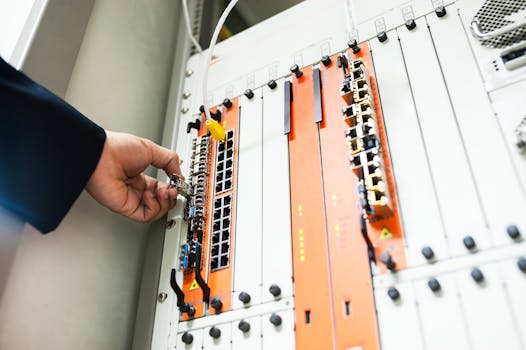
Harnessing the Skies: New Technologies Transforming Satellite Communications
Harnessing the Skies: New Technologies Transforming Satellite Communications. The satellite communications industry has come a long way since its inception, with significant advancements in technology transforming the way we communicate, access information, and conduct business. The advent of new technologies, such as satellite constellations, advanced propulsion systems, and artificial intelligence, is revolutionizing the industry, enabling faster, more reliable, and secure connectivity.
Introduction to Satellite Communications
Satellite communications involve the use of artificial satellites orbiting the Earth to transmit and receive data, voice, and video signals. The industry has traditionally been dominated by geostationary satellites, which remain stationary in the sky, providing coverage to a specific region. However, the introduction of new technologies is changing the landscape, with non-geostationary satellites, such as low Earth orbit (LEO) and medium Earth orbit (MEO) satellites, offering faster and more flexible connectivity options.
Transformative Technologies in Satellite Communications
Several transformative technologies are driving the evolution of satellite communications. One of the most significant advancements is the development of satellite constellations, which involve a network of satellites working together to provide global coverage. These constellations, such as those being developed by OneWeb, SpaceX, and Amazon, are designed to offer high-speed, low-latency connectivity, enabling a range of applications, including broadband internet, IoT, and 5G networks.
Advanced Propulsion Systems and Artificial Intelligence
Another key area of development is advanced propulsion systems, which are enabling satellites to maneuver and maintain their position more efficiently. Electric propulsion systems, such as those using xenon gas, are becoming increasingly popular, offering greater fuel efficiency and longer mission lifetimes. Artificial intelligence (AI) is also being integrated into satellite communications, with AI-powered algorithms optimizing satellite operations, predicting maintenance requirements, and enhancing cybersecurity.
Impact of New Technologies on Satellite Communications
The impact of these new technologies on satellite communications is significant, with benefits including faster speeds, lower latency, and greater connectivity. The use of satellite constellations and advanced propulsion systems is also reducing the cost of launching and operating satellites, making space-based communications more accessible to a wider range of users. Furthermore, the integration of AI is improving the overall efficiency and reliability of satellite communications, enabling real-time monitoring and optimization of satellite performance.
